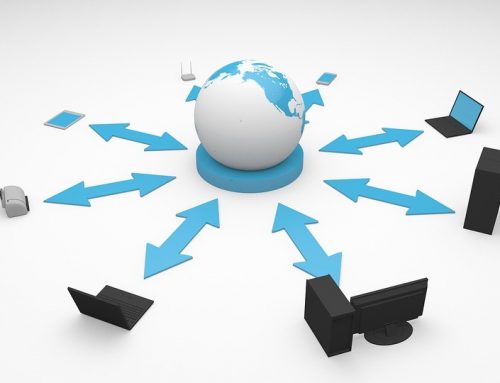Big data and a data warehouse aren’t the same?
There lies the confusion and trepidation across the industry leaving IT teams boggled on the steps to an efficient ETL process.
To accomplish this goal, make the most of your big data and data warehouse. First, understand the crucial parts they play in your overall data infrastructure. Downplay the hype and exist in facts.
Can’t make improvements if you are unaware of their functionality and purpose in your company.
Why Consider Implementing a Big Data Project in the First Place
Why Consider Implementing a Big Data Project in the First Place
Big data is simply a collection of the raw data. Your data warehouse collects all the transformed data, following your ETL process for easy reporting and distribution.
Does your company even need to implement a big data project to facilitate this high level of understanding? Consider moving forward in these situations:
- The volume of the data that you want to process is greater than ten terabytes
- You need to analyze or capture data changes in microseconds.
- The data sources are varied and range from unstructured text to social media data
Can you think of any examples where these points would fall into your business strategy?
For those using Informatica for your data management system, here’s what you need to know to configure for Hadoop.
Configuring Informatica for Hadoop: What You Need to Know
Hadoop excels in handling raw big data, unstructured and complex data with vast programming flexibility which your company needs. But how do you configure Informatica for Hadoop?
- Cultivate a data science team to assist, understand, and maximize returns.
- Start small as Hadoop data systems are scalable. Before purchasing more licenses, know that you can add more hardware and clusters to handle the load without reconfiguration.
- What kind of data are you storing? Unstructured, social media, transactional, data in Hadoop, etc. Ensure you have enough room to store this information.
- Based on your license use the following tools to manage the big data project: Informatica administrator, analyst, and developer.
- Understand how big data management uses application services in the Informatica domain to process the data.
- Collect the data, cleanse the data, transform the data, process the data and prepare it for its new storage home.
- Create and make a connection to run mapping in the Hadoop environment.
Get more information on how to flawlessly configure Informatica with Hadoop consult this user guide.
Conclusion
Big data will not replace your data warehouse, so both houses need to be in order.
Your data is all you have to support the various actions taken to enhance your customer experience. Business relies on big data to report accurately, so the next steps have in-depth backing.
Information is plentiful, but the right information for making the most of the big data and your data warehouse is invaluable.
Need help ensuring your big data integrates with your system without a hitch? Contact us to alleviate any confusion, leading your company in the right direction.
Image: Flickr




